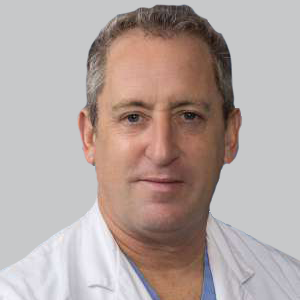Article
PTC’s AADC Deficiency Gene Therapy Leads to Durable Developmental Improvements
Author(s):
Children with AADC receiving treatment developed motor function and cognitive skills that persisted through up to 10 years of follow-up.
Stuart W. Peltz, PhD

A version of this article originally appeared on our sister site, GeneTherapyLive.
Durable developmental, motor, and cognitive improvements were observed in children with aromatic L-Amino acid decarboxylase (AADC) deficiency when treated with PTC-AADC gene therapy (PTC Therapeutics), according to results from a 5-year analysis.1
These data were presented at the 50th Child Neurology Society (CNS) Annual Meeting, September 29 to October 2, 2021. The treatment yielded meaningful developmental milestones, which persisted for up to 10 years, not usually seen in children with AADC deficiency, such as holding up their heads, sitting or standing with support, and communicating.
"The transformations we are seeing in the children are remarkable, as they could not even lift their heads before treatment," said Stuart W. Peltz, PhD, chief executive officer, PTC Therapeutics, in a statement.1 "Treatment with PTC-AADC is restoring dopamine production, which leads to the children now being able to sit, roll over, stand and walk. They are also able to communicate, and gain both weight and strength. We believe these results show its potential as a transformational therapy for the AADC patients and their families."
Updated data were presented from 3 clinical trials, demonstrating that previously attained motor function improvements were sustained for up to 10 years of follow-up. Across trials, children experienced improvements in motor development as early as 3 months after treatment. Children were also able to understand caregivers and express themselves, with reported significant improvements in cognitive and language skills from baseline via Bayley-3 scores.
WATCH NOW: Positive Signs From Prasinezumab in Parkinson Disease: Gennero Pagano, MD, MSc, PhD
Investigators also found that respiratory infections declined from 2.4 average episodes per year to 0.6 per year and 0.3 per year at 12 months, 2 years, and 5 years after treatment, respectively. Weight improvements were also observed, with almost all treated children going from a baseline weight below the third percentile to making age-appropriate weight gains by 12 months after treatment.
"The impact that this 1-time gene therapy has had on children with AADC deficiency in these trials is truly life-changing," investigator Paul Wuh-Liang Hwu, MD, PhD, professor, National Taiwan University Hospital, added to the statement.1 "We are encouraged by the strong safety profile and long-lasting effect seen with PTC-AADC, and how it has improved the lives of patients and their caregivers."
PTC-AADC is investigational in the US, with a biologics license application expected to be submitted by the end of 2021. It is currently under review by the European Medicine Agency.
The PTC-AADC gene therapy is delivered directly to the putamen. Hwu and colleagues authored a commentary describing the approach of delivering gene therapy to the putamen to cure movement disorders such as AADC deficiency and Parkinson disease in August 2021.2
"I am excited about what the success of this new approach means for the children and families living with AADC deficiency," said Peltz said in an earlier statement.3 "AADC deficiency is a terrible, life-shortening condition that requires around-the-clock care. The data reported in this article show that the surgical approach of delivering our novel PTC-AADC gene therapy directly to the putamen robustly produces dopamine in the brain that results in sustained and substantial functional improvements in children with AADC deficiency."





